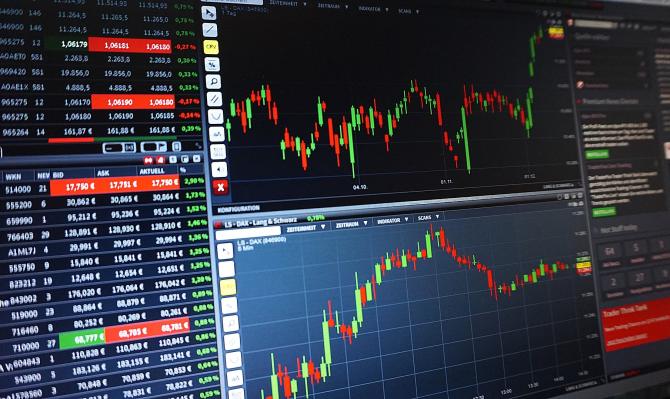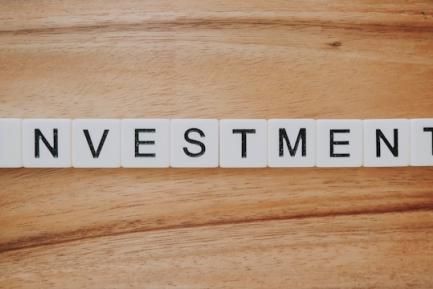Understanding the ECB: economics, politics and communication
On 8 December 2016, the European Central Bank (ECB) decided to prolong its asset purchase programme (known as QE) until December 2017. Below we examine how this decision fits the economic scenario for 2017.
The ECB bases its monetary policy decisions on a macroeconomic and financial analysis. On the economic front, since the announcement of QE in January 2015, euro area activity has consolidated its recovery with growth between 1.6% and 2% year-on-year, supported by the good transmission of monetary policy (see the enclosed table). However, the slump in oil prices in 2014 and 2015, which also benefitted activity, resulted in a drop in headline inflation and stagnation in core inflation. Moreover, in the financial sphere, the observation of lower inflation rates during 2015 and the first half of 2016 led markets to reduce their long-term inflation expectations to considerably below the 2% target.1 In March 2016, facing inflation rates of around 0%, market reductions of long-term inflation expectations and the episode of financial instability observed in the first half of 2016, the ECB decided to significantly expand its QE.
After this extension the programme was meant to end in March 2017. Yet, in spite of a reasonably good macroeconomic outlook for 2017, the ECB has revised its decision because of the important risks that lie ahead. The ECB’s own forecasts predict a firming up of the recovery with sustained growth in activity (1.7% for 2017 and 1.6% for 2018) and a gradual rise in inflation (1.3% in 2017 and 1.5% in 2018). The recovery in oil prices is the main factor behind this increase in inflation and, on the back of this, the ECB estimates that the risk of deflation has almost «disappeared». However, it still predicts a very gradual rise in core inflation (the variable that indicates underlying inflationary trends) and believes its medium-term inflation projection (1.7% in 2019) is not close enough to the target of 2%.
In addition to these macroeconomic perspectives, in which neither growth nor inflation really manages to accelerate, Europe’s economy will also experience greater political uncertainty in 2017. First, the uncertainty caused by the Brexit victory in the UK and Donald Trump’s election in the US in 2016 will still be relevant in 2017. Negotiations between the European Union and the UK will begin in the first half of 2017 and the complexity of reaching an orderly agreement in just two years could lead to upswings in uncertainty. Second, at a domestic level, 2017 itself has a packed electoral calendar: there will be elections in France, the Netherlands and Germany, all with the ingredient of the rise in Euroscepticism, and in Italy the government is less stable after the outcome of the constitutional referendum. Third, at the international level, markets will keep a very close eye on the Fed’s normalisation of monetary policy and will be highly sensitive to the stance taken by the Trump administration.
On the whole, the ECB’s policy is therefore facing a combination of ingredients but it has nevertheless given out a clear message: QE will continue for longer. The decision to prolong QE at a lower rate of purchases (60 billion per month as from April instead of the current figure of 80 billion) indicates that any tapering will be very gradual. This is the conclusion reached by the markets, which do not expect an interest rate hike until the second half of 2019 (see the enclosed graph).
1. For example, in July 2016, long-term inflation expectations based on financial instruments were below 1.3%.





